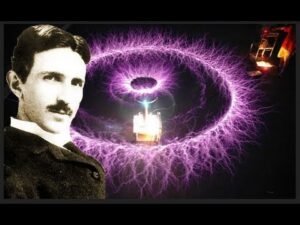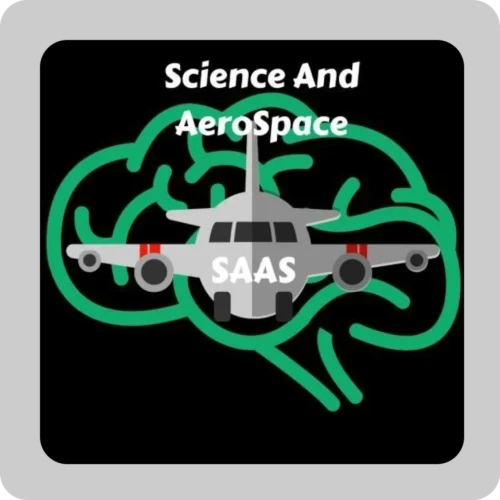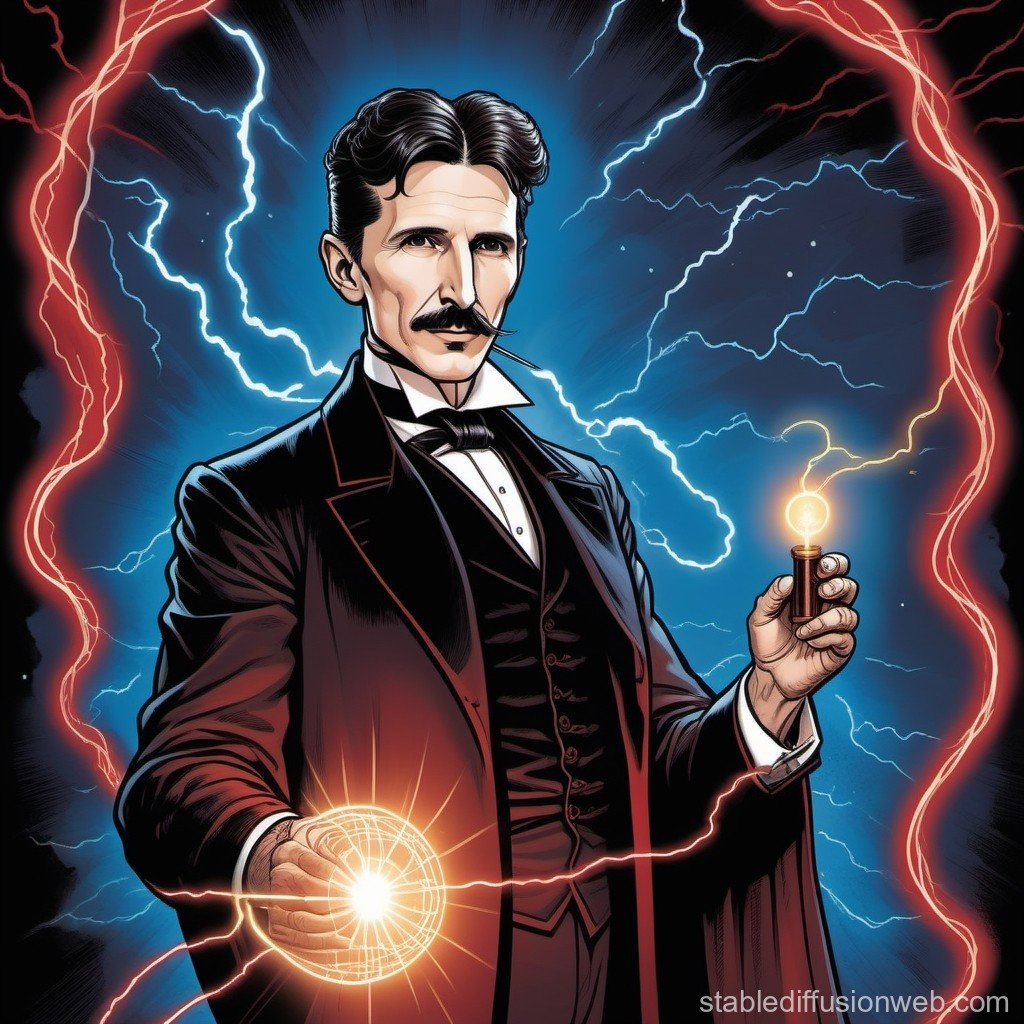Early Life and Education
The Life and Innovations of Nikola Tesla: Nikola Tesla was born on July 10, 1856, in the small village of Smiljan, located in present-day Croatia. He was part of a Serbian family, which played a crucial role in shaping his character and intellect. His father, Milutin Tesla, was an Orthodox priest and a writer. Who instilled in Nikola a strong sense of discipline and dedication to knowledge. While his father hoped Nikola would follow in his footsteps. Tesla’s mother, Georgina Đuka Tesla, had a significant influence on his education as well. Despite having no formal education, she was an avid reader and inventor of household tools, fostering her son’s imaginative thinking and problem-solving skills from a young age.
Tesla’s academic journey began at the Technical University in Graz, Austria, where he studied electrical engineering. It was here that he first encountered the groundbreaking work of scientists such as Michael Faraday and James Clerk Maxwell. Which played a pivotal role in igniting his passion for electricity. Tesla’s ability to grasp complex concepts quickly allowed him to excel in his studies. His time at Graz was marred by personal challenges, including financial difficulties and a struggle with his professors. Which ultimately led him to leave the university before completing his degree.
The Life and Innovations of Nikola Tesla: After Graz, Tesla continued his education at the University of Prague. It was during this formative period that he became increasingly fascinated with the possibilities of electrical energy and the emerging technologies associated with it. Although Tesla faced many obstacles, including a lack of formal credentials, his relentless curiosity and persistence propelled him forward. These experiences laid a strong foundation for his future innovations and cemented his reputation as one of history’s most extraordinary inventors. Thus preparing him for a life dedicated to transformative inventions in the realm of electricity.
Emigration to America and Early Career
Nikola Tesla’s journey to the United States in 1884 marked a pivotal turning point in his life and career. Arriving in New York City with little more than a suitcase and a letter of introduction to the famous inventor Thomas Edison, Tesla faced a daunting new world filled with challenges. Despite his limited resources and lack of familiarity with the American culture, he was determined to make his mark in the field of electrical engineering.
Upon meeting Edison, Tesla was offered a job at the Edison Machine Works. Their initial partnership, although promising, quickly revealed stark contrasts in their engineering philosophies. Tesla’s innovative approach favored alternating current (AC) systems, while Edison was a staunch advocate for direct current (DC) systems. This fundamental disagreement on the future of electrical power would later lead to their professional separation. Tesla felt stifled by Edison’s rigid methods.
The Early Years of a Visionary
During his time with Edison, Tesla honed his technical skills and began developing key inventions that would highlight his genius. He soon designed the induction motor, a groundbreaking innovation that revolutionized the use of electrical power. This invention proved to be instrumental in the subsequent development of AC power delivery systems. Realizing the potential of his work, Tesla eventually left Edison and sought financial support for his patents and ideas.
The Rise of AC Power
In 1888, Tesla partnered with industrialist George Westinghouse, who recognized the significance of Tesla’s inventions. Westinghouse acquired the rights to Tesla’s patents for the induction motor and other inventions, thus paving the way for the advancement of AC technology. This strategic alliance was crucial in the lead-up to the infamous “current wars,” a battle between the proponents of AC and DC systems. Tesla’s early career endeavors in America laid the groundwork for his future innovations and solidified his position as a key figure in the development of modern electrical systems.
Major Innovations and Contributions
Nikola Tesla’s contributions to the field of electrical engineering are both profound and far-reaching, fundamentally transforming modern society. One of his most notable inventions is the Tesla Coil, a resonant transformer circuit that produces high-voltage, low-current, high-frequency alternating current electricity. This device not only demonstrated the principles of wireless transmission but also laid the groundwork for various wireless technologies used today, including radio and television.
The Life and Innovations of Nikola Tesla
Another significant milestone in Tesla’s career was his development of the polyphase alternating current system. Which revolutionized the way electricity is generated and distributed. This system enabled the efficient transfer of electrical power over long distances, a crucial advancement that overcame the limitations of direct current and paved the way for the widespread adoption of electric power. Tesla’s polyphase design, which included induction motors and transformers, played a critical role in the electrification of urban areas. A landmark moment occurred during the 1893 Columbian Exposition in Chicago, where Tesla’s alternating current system lit up the fair, showcasing its potential to a captivated audience and demonstrating its superiority over direct current systems.
Moreover, Tesla was pivotal in the harnessing of Niagara Falls for hydroelectric power. The successful completion of the Niagara Falls power project in 1896 marked an important achievement in distributed power generation and provided a model that would be replicated globally.
In addition to these monumental innovations, Tesla’s inventive spirit led him to conceptualize remote-controlled devices. A pioneering idea that would later evolve into technologies used in modern robotics and telecommunications. His work encompassed not only practical inventions but also visionary concepts, such as wireless energy transmission. These concepts continues to inspire researchers today. As a result, Tesla’s legacy endures, with his numerous contributions laying the foundational elements for contemporary electrical engineering and communication systems.
Later Years and Legacy
Nikola Tesla’s later years were marked by a series of innovative projects. That, despite their promise, often faced significant financial and operational challenges. One of Tesla’s most ambitious undertakings was his attempt to create a global wireless communication system. In which he envisioned as a means to broadcast information, music, and even images across the globe. Unfortunately, this project attracted skepticism and ultimately failed to secure the necessary funding. Particularly after his financial backer, J. Pierpont Morgan, withdrew his support. This setback represented a significant turning point in Tesla’s career. His financial instability grew and he struggled. He could not compete with prevailing technologies and market perceptions that favored his contemporaries, such as Thomas Edison.
Despite these challenges, The Life and Innovations of Nikola Tesla remained an inventive spirit. He continued to work on various projects, including wireless energy transmission and renewable energy sources. However, the financial burdens took a toll on him, leading to a reclusive lifestyle. As he navigated through a world that had largely overlooked his contributions. In these later years, Tesla’s mental health and well-being deteriorated, exacerbated by the isolation he experienced in the face of his once-illustrious reputation dwindling away.
After his passing in 1943, Tesla’s legacy began to receive the recognition it deserved. He was posthumously awarded the Edison Medal, acknowledging his substantial contributions to electrical engineering. Additionally, the establishment of the Nikola Tesla Museum in Belgrade, Serbia, plays a crucial role in celebrating and preserving his work. Today, Tesla is seen not just as a pioneer of modern technology but also as a visionary whose ideas continue to influence various fields. Including electricity, wireless communication, and robotics. His legacy endures, inspiring future generations to explore the boundaries of science and innovation.


